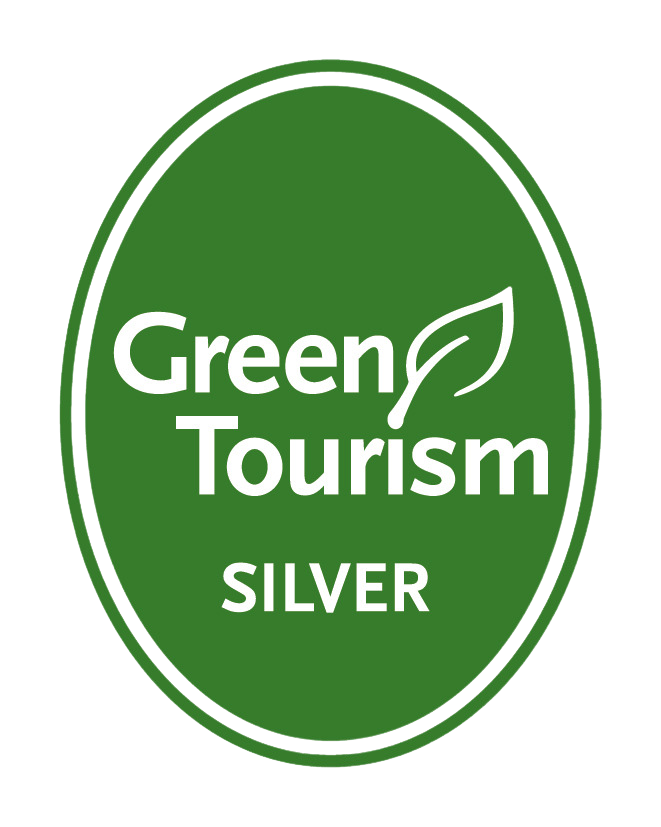UKinbound member Growth Animals Marketing is a strategic marketing agency that specialises in ethical marketing strategy, branding and communications for leisure and tourism companies. In this guest blog, Chris Thornhill explains how brands can embrace biodiversity efforts and understand their business impact on nature and animals.
Back in December, scientists and conservationists lauded a landmark UN treaty, endorsed by 196 countries, the Global Biodiversity Framework, that aims to tackle biodiversity loss, restore ecosystems and protect indigenous rights. Its targets are directed at halting and reversing nature loss, an issue intrinsically linked to that of climate change. These targets include conserving 30% of land and oceans by 2030. To ensure this happens, it also sets out requirements for businesses to monitor, assess and disclose their impact on biodiversity from their own operations, supply chains and portfolios.
Cara Oliver, Communications Manager at ANIMONDIAL, the specialist consultancy that provides impartial advice to guide travel and tourism to improve animal and nature protection, was equally excited when I recently spoke to her.
Cara explained how halting and reversing biodiversity loss is as important as carbon reduction and that for the travel and tourism sector, which is 80% reliant on nature for its core offering, they have a hugely important role to play in destroying or protecting our planet and are uniquely placed to bring people closer to nature.
That’s quite a responsibility to shoulder, but why should that responsibility be embraced rather than feared?
Greenhushing – Fear of being caught out by newly emerging green business codes and the impact on business from recrimination from green activists for not being whiter than white, can result in businesses shying away from sharing the progress they’ve been making in this area. With nature and biodiversity now high on the political (the Environment Act 2021 makes biodiversity net gain mandatory for all new developments) and consumer (87% of Brits prefer to see animals in the wild rather than in captivity – source: CBI) agenda, that’s no longer good enough, as doing nothing is no longer an option, so be transparent about the authentic, positive steps you’re taking, even if you’re not perfect. Big changes do need to be made and fast but collective encouragement will get more businesses to act and as the Tanzanian proverb says, little by little, a little becomes a lot.
Cost – There’s no doubt a cost to implementing initiatives aimed at reversing biodiversity loss, but seeing it as an investment rather than a cost is both smart and pragmatic. On one hand, new acts and legislation such as those already mentioned, make such investments inescapable, but there are huge gains to be had from the improvements it can make to the customer experience and to the positive halo effect it has on the brand message. Even more important, it is about investing in nature. Nature does not send an invoice for the life and business sustaining services it provides. Without rich, abundant, biodiversity and healthy functioning ecosystems, our everyday is not possible.
Fear of the unknown – But where does one start? Isn’t it all just a bit too overwhelming? Fortunately, as the need increases, so too does the amount of resources and experts out there that can help you navigate this world, enabling you to track, monitor and action your progress. From free tools, such as SPOTT, a free, online platform assessing commodity producers, processors and traders that was developed by ZSL, to specialist consultants such as ANIMONDIAL, experts in animal and nature protection in tourism, who have consultancy services and an online tool for travel businesses to identify and assess their impact on animals and nature, and develop a roadmap of improvements.
If you’d like to bring to life and amplify the marketing around your biodiversity efforts, please contact [email protected].
Click here to find out more about Growth Animals Marketing.










